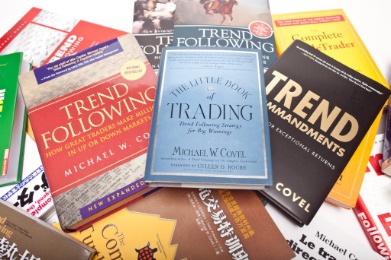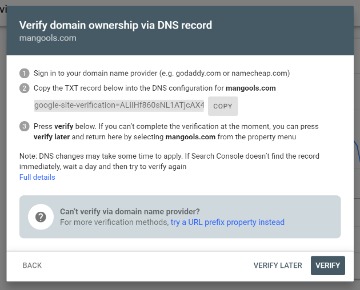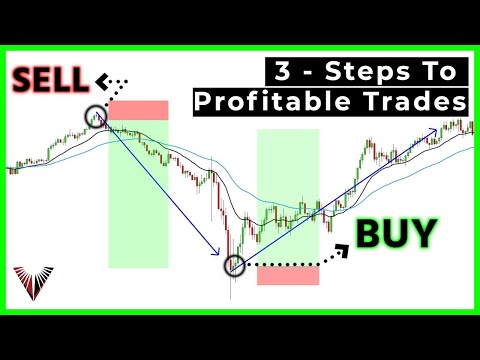
The following factors may assist in coming up with an appropriate options/spread strategy for the current conditions and your outlook. Mr. Pines has traded on the NYSE, CBOE and Pacific Stock Exchange. In 2011, Mr. Pines started his own consulting firm through which he advises law firms and investment professionals on issues related to trading, and derivatives. Lawrence has served as an expert witness in a number of high profile trials in US Federal and international courts.

However, because you brought in $1,500 when the spread was established, your net gain is the entire $1,500. This maximum profit of $1,500 will occur at all prices above $70. When trading vertical options spreads, the maximum risk and profit potential are defined and relatively straightforward to calculate. The following section will cover examples for the four vertical spread option strategies in our options spread calculator.
- How this max profit is calculated is given in detail on the Bull Call Spread profit and loss graph on the next page.
- Its broker-dealer subsidiary, Charles Schwab & Co., Inc. , offers investment services and products, including Schwab brokerage accounts.
- Search a symbol to visualize the potential profit and loss for a bull call spread option strategy.
- Note, however, that whichever method is chosen, the date of the stock sale will be one day later than the date of the stock purchase.
- In the language of options, this is a “near-zero gamma.” Gamma estimates how much the delta of a position changes as the stock price changes.
The JUL 40 https://topforexnews.org/ and the JUL 50 call expire worthless while the JUL 30 call still has an intrinsic value of $1000. Subtracting the initial debit of $400, the resulting profit is $600, which is also the maximum profit attainable. Before you consider the sale of uncovered calls or puts, consider the amount of risk you may be taking and how that risk could be significantly reduced by using credit spreads. The difference between your buy and sell price results in a loss of $1,000.
However, because you brought in $1,500 when the spread was established, your net gain is $500. This gain will vary from zero to $1,500, at prices from $68.50 up to $70. As mentioned, they can be a helpful risk-management tool for you. Credit spreads allow you to reduce risk substantially by forgoing a limited amount of profit potential. In most cases, you can calculate the exact amount of money that you’re risking when you enter the position.
Leverage using Calls, Not Margin Calls
Volatility is a measure of how much a stock price fluctuates in percentage terms, and volatility is a factor in option prices. As volatility rises, option prices tend to rise if other factors such as stock price and time to expiration remain constant. Since a bull put spread consists of one short put and one long put, the price of a bull put spread changes very little when volatility changes and other factors remain constant. In the language of options, this is a “near-zero vega.” Vega estimates how much an option price changes as the level of volatility changes and other factors are unchanged.
CFDs are complex instruments and come with a high risk of losing money rapidly due to leverage. Between 74%-89% of retail investor accounts lose money when trading CFDs. You should consider whether you understand how CFDs work and whether you can afford to take the high risk of losing your money. You should consider whether you can afford to take the high risk of losing your money. As a side note, this max profit occurs when the stock price is at $55.00 or higher at expiration. When a Bull Call Spread is purchased, the trader instantly knows the maximum amount of money they can possibly lose and the maximum amount of money they can make.

With this information, you can determine the amount of risk and potential reward per contract. Factoring in net commissions, the investor would be left with a net loss of $7. Such spreads thus can be easily used during periods of elevated volatility, since the volatility on one leg of the spread will offset volatility on the other leg. The content on this website is provided for informational purposes only and isn’t intended to constitute professional financial advice. Trading any financial instrument involves a significant risk of loss.
It is also known as a “credit put spread” and as a “short put spread.” The term “bull” refers to the fact that the strategy profits with bullish, or rising, stock prices. The term “credit” refers to the fact that the strategy is created for a net credit, or net amount received. Finally, the term “short” refers to the fact that this strategy involves the net selling of options, which is another way of saying that it is established for a net credit. A bull call spread is a bullish strategy that consists in having two call contracts. First, you buy the long call with a strike price, let’s say S1, and immediately afterward, you acquire a short call with a strike price of S2.
Bull Call Spread
To profit from neutral to bullish price action in the underlying stock. In order for a rational options trader to buy just a call, the option trader has to expect a stock move greater than 10% within 30 days. This is the risk-defined benefit often discussed as a reason to trade options.

Instead, the one who is short in the put earns money if the option contract expires out of the money. You can then close out your short position by purchasing 1,000 shares of XYZ at a cost of $76,000. You can then close out your short position by purchasing 1,000 shares of XYZ at a cost of $76,500. A credit call spread can be used in place of an outright sale of uncovered call options. A credit put spread can be used in place of an outright sale of uncovered put options. Once you know your risk per contract on a vertical spread, you need to determine how much you’re willing to risk on the trade.
The converse strategy to the long butterfly is the short butterfly. Short butterfly spreads are used when high volatility is expected to push the stock price in either direction. The margin requirement for credit spreads is substantially lower than for uncovered options.
This strategy is especially appropriate to accumulate high-quality stocks at cheap prices when there is a sudden bout of volatility but the underlying trend is still upward. A bull put spread is akin to “buying the dips,” with the added bonus of receiving premium income in the bargain. One disastrous trade can wipe out positive results from many successful option trades. In fact, option writers are occasionally disparagingly referred to as individuals who stoop to collect pennies on the railway track. They happily do so—until a train comes along and runs them over. The following formulas show the bear put maximum loss , bear put maximum potential profit , and the breakeven price .
While the long put in a bull put spread has no risk of early assignment, the short put does have such risk. Early assignment of stock options is generally related to dividends, and short puts that are assigned early are generally assigned on the ex-dividend date. In-the-money puts whose time value is less than the dividend have a high likelihood of being assigned.
Trend Trading
Consider using a bull call spread when calls are expensive due to elevated volatility and you expect moderate upside rather than huge gains. This scenario is typically seen in the latter stages of a bull market, when stocks are nearing a peak and gains are harder to achieve. A bull call spread can also be effective for a stock that has great long-term potential but elevated volatility due to a recent plunge. In a vertical spread, an individual simultaneously purchases one option and sells another at a higher strike price using both calls or both puts. The second advantage/disadvantage of a bull call spread is that this strategy considers the reality and probabilities of a potential move. Theoretically, buying a call strategy has unlimited profit potential.
Your maximum loss is capped at the price you pay for the option. As we did with the credit put spread, let’s examine five different price scenarios, in light of the chart above, to draw a clearer picture of how a credit call spread can work. We’ll assume that once this spread is established, it’s held until expiration. However, since you brought in $1,500 when the spread was established, your net loss is zero.
A https://forex-trend.net/ spread is a financial strategy that combines both bull and bear spreads together to create an investment that has a fixed risk but also a maximum profit. Search a symbol to visualize the potential profit and loss for a bull put spread option strategy. Search a symbol to visualize the potential profit and loss for a bull call spread option strategy. Maximum loss results when the stock is trading below $30 or above $50. Above $50, any “profit” from the two long calls will be neutralised by the “loss” from the two short calls.

A bull call spread should only be used when the market is exhibiting an upward trend. The max profit of a bull call spread is calculated by taking the difference between the two strike prices minus the premium paid. This is reached when the strike trades over the above strike price at expiration. A bull call spread is a vertical spread consisting of buying the lower strike price call and selling the higher strike price call, both expiring at the same time. The short call’s primary purpose is to help pay for the long call’s upfront cost.
https://en.forexbrokerslist.site/s trading entails significant risk and is not appropriate for all investors. Before trading options, please read Characteristics and Risks of Standardized Options. Supporting documentation for any claims, if applicable, will be furnished upon request.
How credit call spreads work
The strike price for the option is $145 and expires in January 2020. Additionally, Jorge sells an out-of-the-money call option for a premium of $2. The strike price for the option is $180 and expires in January 2020. Consider using a bull put spread to earn premium income in sideways to marginally higher markets, or to buy stocks at reduced prices when markets are choppy. A bull put spread, also known as a put credit spread or short put spread, has limited profit potential. The credit received at entry is the maximum profit possible for the position.
Access to Electronic Services may be limited or unavailable during periods of peak demand, market volatility, systems upgrade, maintenance, or for other reasons. The difference between your buy and sell price results in a loss of $1,500. However, because you brought in $1,500 initially when the spread was established, your net loss is zero. However, because you brought in $1,500 when the spread was established, your net loss is only $3,500.

